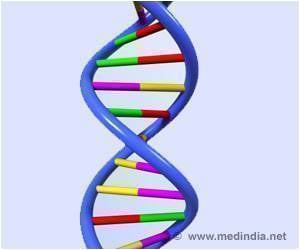Environment around breast cancer cells is vital in finding out if tumor cells grow and migrate or fade away, cited a first of its kind study at the Research Institute of the MUHC and
A first of its kind study at the Research Institute of the MUHC and McGill University has found that the environment around breast cancer cells is vital in determining if the cancer will grow and spread. Furthermore some genes also control the microenvironment and the patient outcome.
Examining tissue from 53 breast cancer patients, the researchers used laser capture microdissection (LCM), for detaching tumour cells from microenvironment tissue. By using micro-array analysis, they compared the gene expression between the microenvironment tissue and controls."A tumour can not exist on its own. It has to be supported and nourished by the cell types around it, the microenvironment," Nature quoted senior author Dr Morag Park, Director of the molecular oncology group at the Research institute of the MUHC, as saying.
"We now know that this environment is pivotal; different patients have distinct tumour microenvironments at a gene level. Our findings show that the gene profile of these distinct microenvironments can be used to determine clinical outcome - who will fare well and who will not," he added.
The researchers successfully identified 163 out of thousand of gene which were associated with patient outcome. A good outcome according to them meant as having no tumour metastasis and tumour migration, while bad outcome was defined as non-responsiveness to therapy.
Out of these 163 genes, the researchers further closed in on a panel of 26 specific genes that could be used for accurate prediction of clinical outcome. The researchers used this 26 gene-profile, called the stromal derived prognostic predictor (SDPP), for predicting outcome from a second set of beast cancer patients.
"We were able to show that the SDPP effectively predicts outcome in a second group of patients. This panel accurately forecasted patient status, suggesting that this may be a promising diagnostic tool," said Park.
Advertisement
The findings of this study are published in this week's issue of Nature Medicine.
Advertisement
RAS/L











